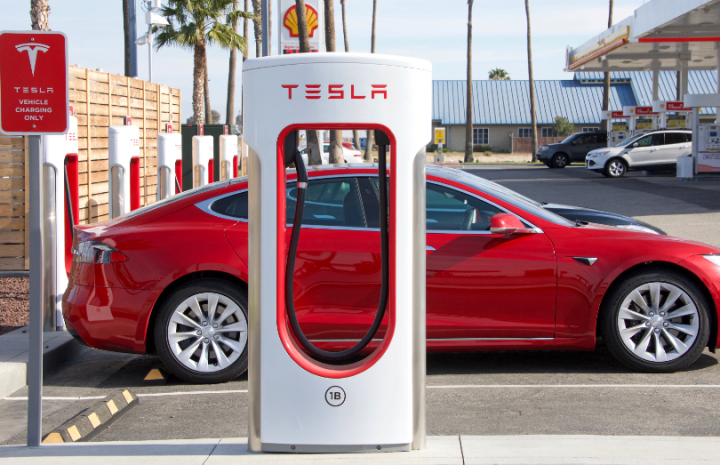Honda and Acura will transition their small fleet of electric vehicles to the new North American Charging Standard in 2025 or 2026.
Tesla has developed a charging standard that other automakers are adopting. This shouldn’t come as a surprise at all. While other automakers were getting started in the EV world, Tesla was dominating the scene with the Model S and the Supercharging network. Tesla Superchargers have proved to be some of the most reliable chargers in the world, and the special connector used is being adopted as the standard for North America. This is only one reason Honda and Acura will adopt this standard; lets look at a few others.
The charging infrastructure isn’t keeping up with demand
Although the federal government mandated at least 50% of all automotive sales must be EVs by 2030, the number of public chargers in the United States hasn’t kept up with the demand for them. The growing number of EVs on the road require more public chargers for Americans to continue and enjoy their driving lifestyle. Tesla opened up many of the Superchargers, enabling other brands to utilize these charging ports and increasing the number of chargers available for all vehicles by a significant figure.
Too many charging connectors muddies the waters
During the early days of EVs, each automaker that was partnered with a company building charging locations installed charging plugs that matched up to that company. This led to a relatively unified charging plug, but it was one that wasn’t useable at Tesla Superchargers. From the beginning, the only vehicles that could charge at Tesla locations wore the Tesla badge. Now that the Tesla plug is being considered the North American Charging Standard, many automakers are adopting this standard, including Honda and Acura which will switch to them soon.
The GM partnership makes this change mandatory
Currently, Honda and Acura EVs utilize the GM Ultium EV architecture and battery technology. GM has already committed to switching from the traditional CCS port to the NACS design and it seems Honda and Acura will be dragged along for this change. Even after Honda moves away from the GM partnership with its own battery technology, its expected that these two brands will continue to utilize the new Tesla NACS port to charge EVs. This makes sense and brings a standardized charging system to the new automotive world in which EVs will dominate the landscape.
Other automakers are pushing or more fast-charging stations
Although Honda is at the mercy of GM in terms of the right EV platform for the Honda Prologue and Acura ZDX, the company is part of a greater vision. Honda is part of a joint venture with seven other automakers aimed at building more than 30,000 EV fast-charging stations across the United States and Canada. These chargers haven’t hit the streets yet but should be successful and utilize the new Tesla NACS charging port, making them accessible and useful for nearly every EV on the road.
EVs require software to charge and the NACS is the most reliable
Unlike a gas pump, which only requires a hose and handle with a sensor in the nozzle to tell the pump when to stop putting gas in the tank, electric vehicles require more complex systems to charge lithium-ion batteries. Honda and Acura utilizing the North American Charging Standard makes sense. This system is proven to be reliable, open, and easy for all OEM to utilize. The hardware must be capable, secure, and reliable, which is exactly what’s found using the NACS system. Honda and Acura will join the many automakers taking advantage of a proven system instead of looking for new ways to charge EVs.
Why are Tesla Superchargers among the most reliable?
Somehow, Tesla got it right. Not only did they build a large network of accessible Superchargers across the North American landscape, but they continually maintain this network, ensuring it stays operational and reliable for Tesla owners. Other EV charging companies have fallen short in terms of maintenance with relatively new charging stations failing to charge EVs after only a few years in use. This example set by Tesla shows the strength and the support necessary to ensure electric vehicles can be the future of driving in North America.
Will we get to a point where the Tesla North American Charging Standard is actually the standard for all EVs? Honda and Acura are joining the fray, but we often see outliers that avoid adopting what other automakers have developed until they absolutely have to do so. Which brands will be the final holdouts?
This post may contain affiliate links. Meaning a commission is given should you decide to make a purchase through these links, at no cost to you. All products shown are researched and tested to give an accurate review for you.

